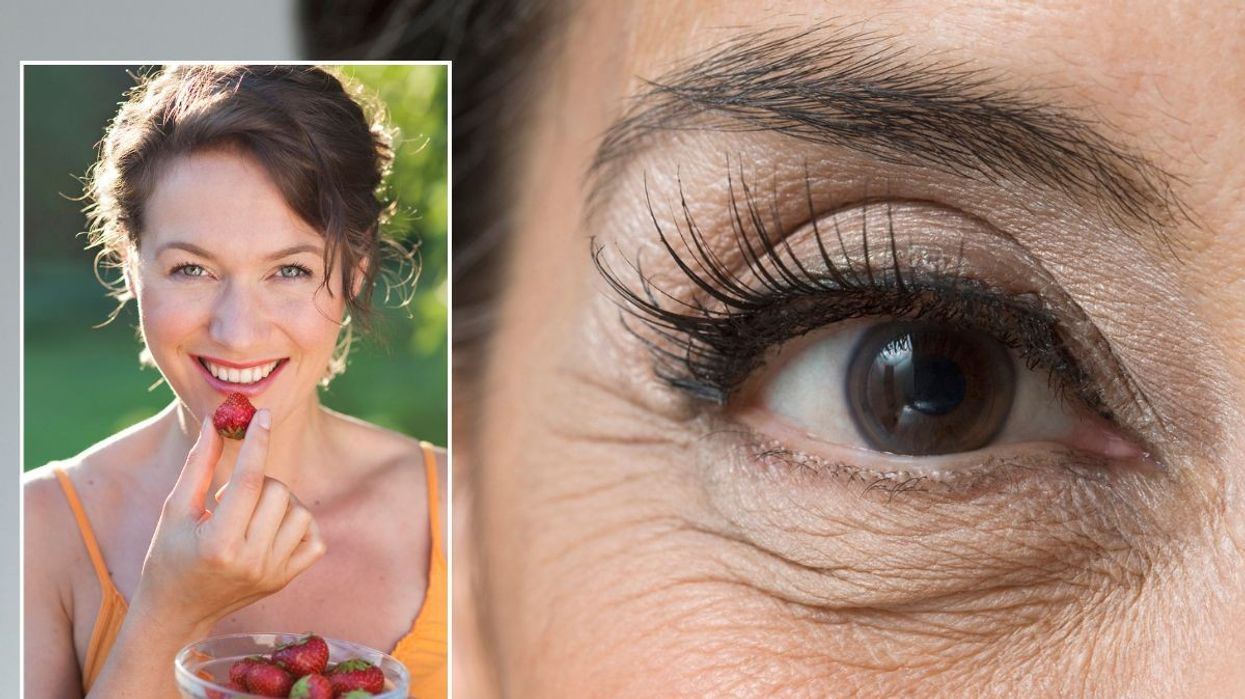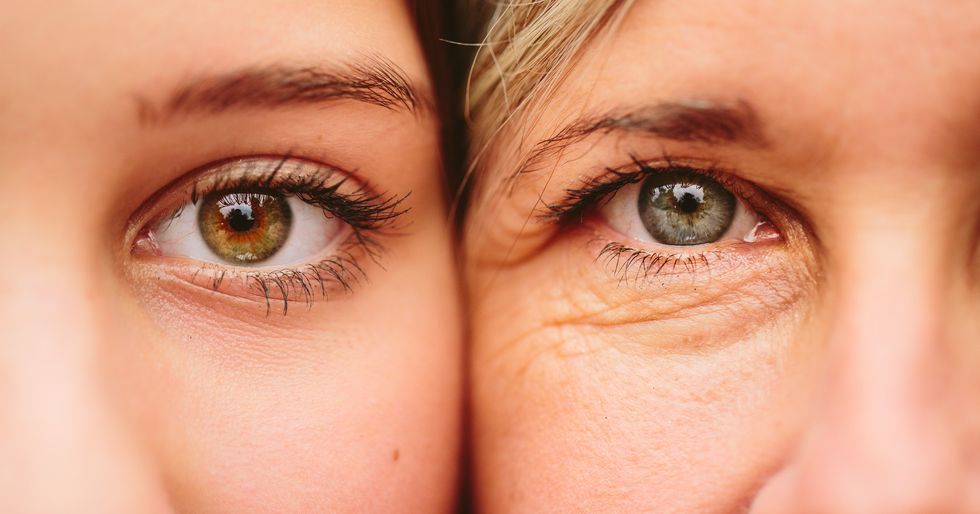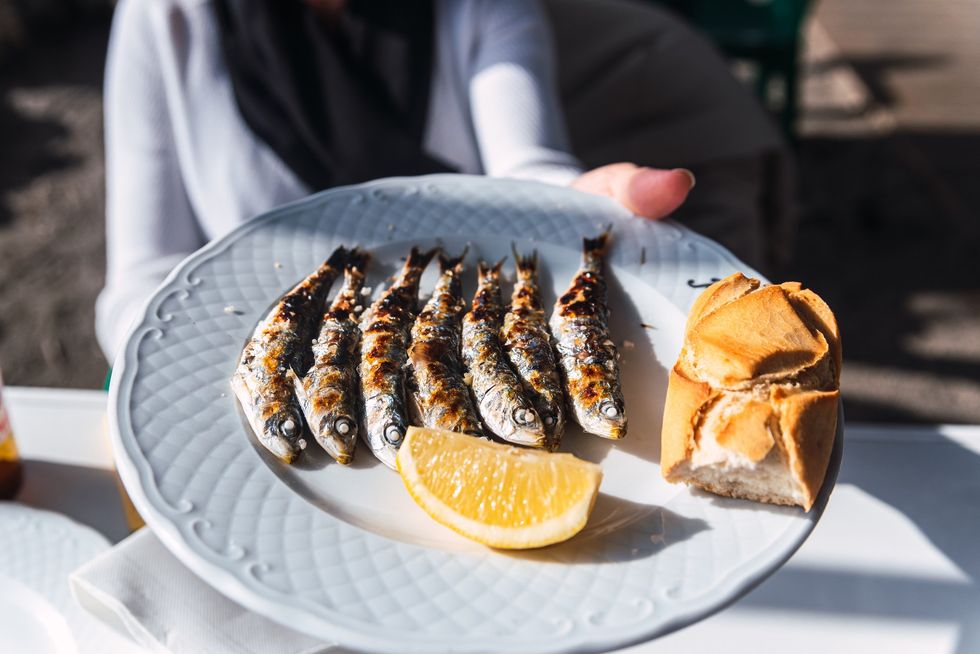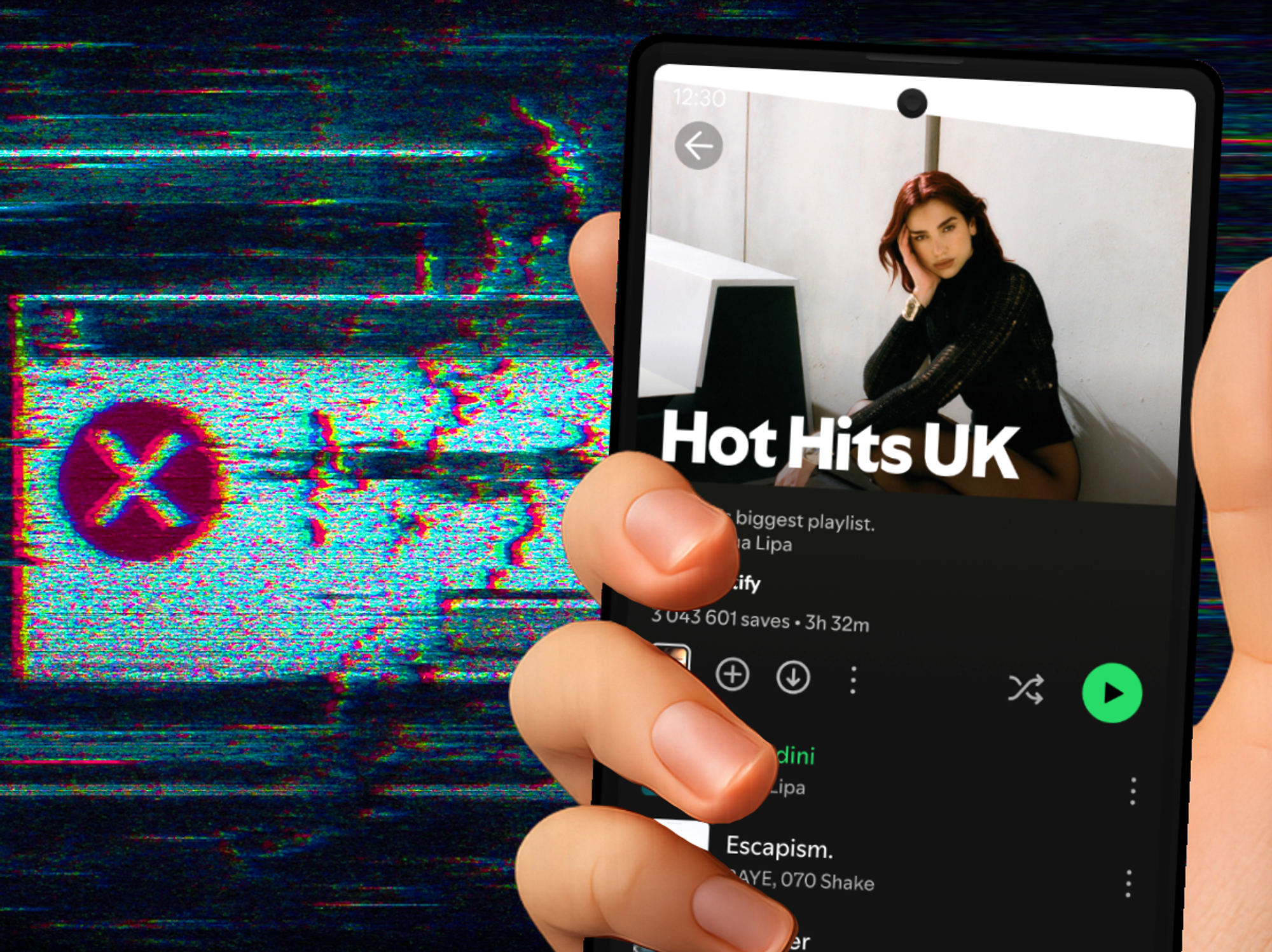Best recipe for reducing under-eye bags: 'I'm a skin specialist and I eat a specific diet to keep my eyes looking their best'

Women may be able to reduce their under-eye bags
|GETTY IMAGES

Under-eye bags start to appear as we age and lose elasticity in our skin, but it may be possible to reduce their appearance with specific food choices. GB News looks at the best meal plans to achieve your beauty goals
Don't Miss
Most Read
Under-eye bags affect many of us and are an inevitable sign of ageing, however, according to an expert, a healthy diet could help minimise them.
GB News spoke exclusively to a GP and skin specialist about how people can minimise the look of puffy, swollen under-eyes.
According to the American Academy of Ophthalmology, ageing is a major factor when it comes to the formation of under-eye bags.
An expert said: "As we grow older, tissues around the eye gradually weaken and sag. This loss of skin tone allows fat to shift forward into the lower eyelids, making them look puffy and swollen. Fluid can also pool in this area and lead to edema (swelling). This can contribute to the puffy appearance.
"Shadows may also appear under the eyes. They may be cast by swollen, puffy eyelids due to ageing."

'As we grow older, tissues around the eye gradually weaken and sag'
|GETTY IMAGES
But natural ageing isn't the only thing to blame for saggy under-eyes. Not getting enough sleep, smoking and retaining fluid after eating salty foods all play their part.
GP and skin specialist Dr Anatalia Moore told GB News: "The under-eye area is one of the most common areas that we become dissatisfied with as we age. It is also one of the most complicated areas to treat. This is because, for such a delicate area, there are so many factors that can contribute to the changes that we see.
"As the years pass, we age at every level within our face: the skin becomes more lax and so hangs and wrinkles easily, the fat layers under the skin that pad out the under-eye reduce as well as what remains of them becoming more floppy, the bones that provide support around the eye shrinks, and the efficiency of lymphatic drainage weakens causing fluid to accumulate.
"This all means that laxer skin and tissues can hang more. Either sagging inwards causing hollows or protruding outwards causing bags which are prone to collection of excess fluid."
Others may notice under-eye changes earlier in life due to "genetic predispositions" in families for weakness in the under-eye structures.
She said: "In all people, these physical changes can be made worse by other factors such as allergy, general health conditions and lifestyle and diet.
"If appropriate, I always encourage my patient to take steps to optimise these aspects before jumping for medicated products or aesthetic treatments. This approach really pays off as you then treat the issue of your under-eye changes at its root cause, resulting in a really natural and lasting improvement."
The expert admitted that there is "no robust evidence" to suggest a specific diet can totally eradicate under-eye bags. However, "what we put in our bodies directly influences skin health and ageing".
She said: "As both a GP and aesthetic doctor, when I think of a diet that would be great at reducing under-eye puffiness, I think of one that is formulated to allow the whole body as well as the skin to work - and heal - to its full potential.
"To do this you need to make sure that you are getting enough of the key vitamins, minerals and nutrients to keep inflammation through the body low and to avoid bad habits and food types that would raise inflammation and damage.
"When it comes to the under eye, low iron and vitamin C can contribute to darkness and pigmentation. Vitamin D and omega-3 are integral for healing but are exceedingly hard to obtain enough of, even for the healthiest eaters.
"Diets high in sugar, ultra-processed foods and salt are well known to slow skin healing, increase inflammation, speed up signs of ageing and lead to fluid retention. And adequate hydration is very important, to allow our body to filter out toxins, reduce inflammation and allow the skin barrier to remain strong."
Sharing her top breakfast, lunch, dinner and snack picks, Dr Anatalia said: "This is what I like to eat to make sure my skin and under eyes look their best."
Breakfast
The expert recommended pouring a large glass of water and adding a sprig of mint, a slice of lemon or chunks of watermelon.
You might also want to invest in some supplements. She explained: "Some nutrients cannot be obtained by diet. Omega-3 and vitamin D with magnesium would be the minimum here. Try to opt for supplements that use all-natural fillers as many bulking products used in conventional supplements can worsen gut health and inflammation."
Many Britons start their morning with a cup of coffee. Dr Anatalia advised: "Avoid lots of milk and skip adding sugar. Caffeine in skin care helps reduce puffiness and your morning cuppa can certainly help too."
For a skin and eye-friendly breakfast, she recommended eggs on rye bread with avocado or full-fat Kefir with nuts, seeds and berries.
She said: "Opting for higher protein, healthy fats and lower glycemic index carbs to reduce insulin spikes, reduce inflammation and help your body run more efficiently."
Lunch
The expert recommended whipping up mackerel, sardines or cottage cheese and avocado on a rainbow salad.
She said: "These oily fish are fantastic for skin and reducing inflammation in the body. I love to pop some on top of a salad high in vitamin C and folic acid and micronutrients.
"Try to include veggies that cover all the colours of the rainbow and add herbs, nuts and seeds for an extra hit of micronutrients and gut-friendly prebiotics. Veggies that are really packed with antioxidants and nutrients such as folic acid and vitamin C include beetroot, purple cabbage, tomatoes, spinach, broccoli, leeks and pulses.
"A squeeze of lime, orange or lemon can be all you need to finish it off, and you can add a touch of sweetness by mixing it with a small amount of natural honey."
Dinner
According to the skin expert, when you eat is important - it's not just about what you eat.
She said: "Try to eat at least two hours before bed. Eating too close to bedtime is a recipe for poor sleep and lack of sleep is a big cause of puffiness and dark circles."
As for what to eat, she recommended grilled line-caught salmon, tofu or halloumi with quinoa, chickpea and roasted Mediterranean vegetables. Not a quinoa fan? Substitute it with any ancient grain or wild rice, as "these tend to be much richer in nutrients and low GI so reducing sugar spikes in the blood".
"Try to opt for homemade dressings as shop-bought ones tend to have a lot of hidden sugar and salt. I love crushing garlic and mixing it with lemon juice and olive oil, or making homemade tzatziki with garlic, kefir, dill and mint.
"And for extra gut and skin points sprinkle over seeds like sesame, pumpkin or nuts like walnuts, pine nuts or pistachios."
LATEST DEVELOPMENTS

'These oily fish are fantastic for skin and reducing inflammation in the body'
|GETTY IMAGES
Snacks
Snacking throughout the day is common but Dr Anatalia advised eye-conscious foodies to "avoid crisps, chocolates and processed foods".
She explained: "These are high in salt, sugar and additives such as seed oils that trigger inflammation and retain fluid.
"Instead opt for a handful of mixed nuts, mixed berries or a ‘just turned yellow’ banana."
Full meal plan for reducing under-eye bags
Breakfast
- Eggs on rye bread with avocado
- Full-fat Kefir with nuts, seeds and berries
- Mackerel/sardines or cottage cheese and avocado on a rainbow salad
- Grilled line-caught salmon/tofu/halloumi with quinoa, chickpea and roasted Mediterranean vegetables
Snacks
- Handful of mixed nuts
- Mixed berries
- ‘Just turned yellow’ banana










